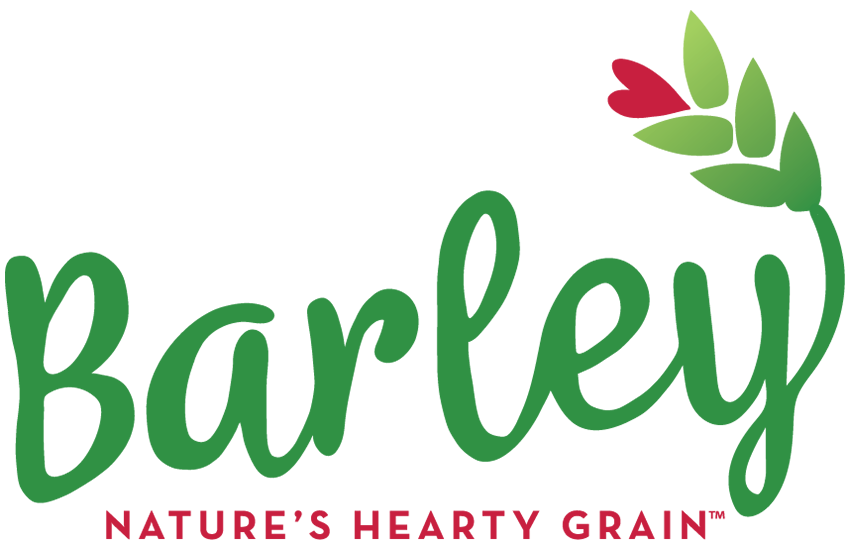The start of the new year signals not only the end of the holiday season but the start of new beginnings and fresh starts. For many, the new year kicks off resolutions and goals to set the tone for the year. Health related resolutions are the most common each year. If you are looking to make a health-related change in the new year, we recommend adding barley to your arsenal.
Barley is considered a “super grain” because of its health and nutrition benefits which have been well-documented by scientist and nutritionist. So, what makes barley so special?
- Heart Health
Take charge of your heart’s future this year. Since 2006, the U.S. Food and Drug Administration has determined that soluble fiber from barley, as part of a diet low in saturated fat and cholesterol, may reduce the risk of heart disease by lowering low density lipoprotein (LDL) cholesterol and total cholesterol levels. Whole grain barley as well as dry milled barley products such as pearled barley, flakes, grits, and flour, can make a difference in your heart’s overall health!
2. Digestive Health
Barley contains the most fiber of all grains, with most varieties clocking in around 17% fiber. There are 2 main types of dietary fiber- soluble and insoluble, and barley is a good source of both. Barley is different than most grains. Barley contains fiber throughout the entire kernel. As a result, processed barley products such as flour, flakes, or pearl barley, still retain at least 50% of their original fiber content even after the bran or outer layer of the barley kernel is removed. In most grains, fiber is found only in the bran or the outer layer of the kernel.
3. Body-Weight Management
Eating fiber-rich foods helps increase satiety (the feeling of fullness) which is important in maintaining a healthy weight. Soluble fiber (beta glucan) mixes with liquid and binds to fatty substances to help remove them from the body. Barley contains the most beta glucans of all grains. Barley is a complex carbohydrate, which takes longer to break down, providing a longer lasting energy and reducing post-meal “crashes”.
4. Blood Sugar Management
Barley has the lowest Glycemic Index of all the grains sitting at 28. The carbohydrates in barley are slowly digested, absorbed, and metabolized causing a lower and slower rise in blood glucose and insulin levels. Studies show that soluble fiber (beta-glucan) is effective in slowing the absorption of sugar, which, for people with diabetes may help decrease the need for insulin. Barley and oats are the only two edible grains that contain significant levels of beta-glucan.
Barley is a nutrition powerhouse. Just one serving, ¼ cup, contains 32% of your Daily Value of fiber, 10% of your Daily Value of iron, less than 2g of fat per serving, cholesterol free, contains 8 of the 10 essential amino acid, and is a good source of plant-based protein.


